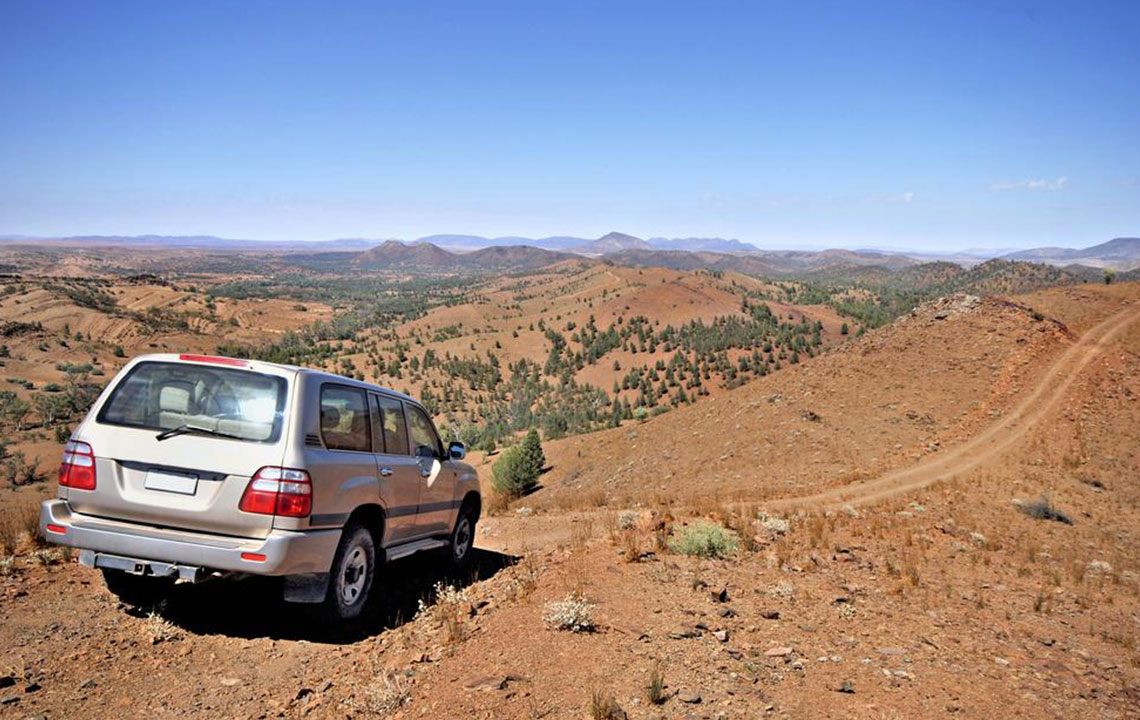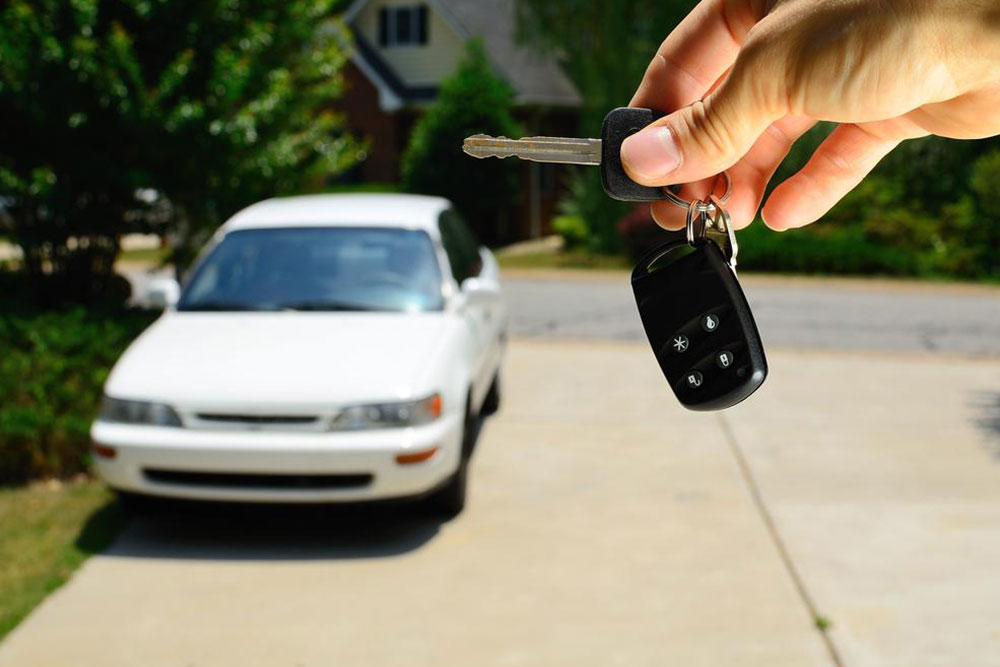Guide to Buying Confiscated Vehicles at Online Auctions
Discover how to purchase confiscated vehicles at online auctions. This guide covers registration, bidding strategies, verifying documents, and tips to secure the best deals. Learn the essential steps and best practices for buying repossessed or seized cars efficiently and confidently.
Sponsored

Guide to Purchasing Confiscated Vehicles Through Online Bidding
Vehicles obtained through confiscation or repossession often attract buyers due to their discounted prices. Such cars can originate from various sources, including bank repossessions or police seizures. Participating in auction sales provides an opportunity to acquire vehicles at favorable rates. However, understanding the auction process and following strategic tips are essential for securing a good deal.
Steps to Purchase Confiscated Vehicles at Auctions
While procedures may differ among auction platforms, the core steps remain similar across all systems.
Register as a Member Most auction sites require users to complete registration before participating. The process may involve filling out a form and selecting a membership level, often followed by an email confirmation. Some platforms might charge a registration or subscription fee for access.
Verify Your Identity and Upload Documents Post-registration, bidders need to substantiate their identity by submitting government-issued ID, such as a driver’s license or passport. Business entities may need to supply a company registration or VAT ID for proper verification and billing.
Access Your Account Once verified, the platform activates your account, allowing you to participate in bidding. Activation details are typically sent via email or other communication methods.
Search and Bid on Vehicles Using search filters, users can find suitable confiscated vehicles. When interested, they should review vehicle descriptions carefully. Since bids are binding, it’s crucial to bid within one’s budget and after thorough assessment.
Select a Bidding Option Various methods are available, including real-time live bidding or setting a maximum bid amount. In live bidding, participants incrementally increase offers, whereas a maximum bid allows setting a ceiling, with the system bidding automatically up to that point.
Await Seller’s Response After bidding, the seller may accept, decline, or counteroffer. Both parties typically have a deadline to confirm the sale, and negotiations may ensue.
Finalize Payment and Claim the Vehicle Payment is expected within 24-48 hours. After confirming payment, arrangements for pickup or delivery are made. Necessary documents such as authorization forms and delivery certificates might be required during vehicle collection.
Tips for Choosing the Right Auction Car To make informed purchases, consider these helpful strategies.
Set a Clear Budget Budgeting prevents overspending during bidding. Incorporate costs like auction fees, repair expenses, and transportation charges to determine a realistic spending limit.
Review Vehicle Documentation Before bidding, verify the vehicle’s records—ownership history, mileage, accident records, and confiscation details—to assess its condition and authenticity.
Compare Multiple Auctions Exploring different online platforms broadens your options, helping identify the best vehicles and prices for your needs.
Research the Vehicle’s Market Value Understanding the true worth of the car prevents overbidding. Search for similar make and model prices online to gauge reasonable valuation.
Stay Informed About Return Policies Familiarize yourself with each platform’s return policy. Knowing whether returns are permitted for undisclosed issues safeguards your investment and decision-making process.






